The use of anabolic steroid drugs-—synthetic versions of testosterone available in both oral and injectable forms—is in some ways more controversial for women than for men because of the more permanent side effects that can occur. While the majority of the effects in men usually subside after they stop using the drugs, they can produce lasting effects in women. That’s to be expected, since women produce much less testosterone than men. In fact, it could be accurately said that the primary differences between men and women lies in the ratios of their sex hormones, estrogen to testosterone.
Women naturally produce about a 10th as much testosterone as men, with the main site of production being in their ovaries and adrenal glands and a secondary site in bodyfat. The enzyme aromatase is abundant in fat. In women it converts androgens produced in their adrenal glands into testosterone. That represents one-third of a woman’s testosterone production.
Men also have aromatase in bodyfat and other tissues, and their bodies can convert testosterone into estrogen through that route. The primary site of testosterone production for men is the Leydig cells of the testes.
While testosterone and estrogen are often referred to as “male” and “female” hormones, respectively, the truth is that both sexes produce both hormones. The differences lie in the amounts produced and the main locations where it takes place.
It’s testosterone that causes what’s known as “secondary sex characteristics” in men, including facial hair, their male sex organ and an increased risk of male-pattern baldness, to name a few.
In women the higher levels of estrogen are responsible for their secondary sex characteristics, mainly greater under-the-skin fat deposits that create the female body shape. Estrogen also influences where bodyfat exists. Women tend to concentrate fat in the lower body, particularly the upper thighs and hips, while men tend to accumulate fat in the abdominal area, especially under conditions of decreased exercise, increased calories and low testosterone.
The location of sex-specific bodyfat has implications for health. The lower-body fat predominant in women has no harmful effects on health and is actually protective, since the fat in that area (much to the chagrin of women) tends to stay there. In contrast, abdominal fat tends to wander, being rapidly released into the portal circulation of the gut, then transported to the liver. In the liver it’s converted into cholesterol, or it just accumulates, eventually causing some serious problems. One such problem is insulin resistance, a harbinger of diabetes.
The higher cholesterol production caused by excessive liver fat also predisposes one to cardiovascular disease and in some cases cancer. One reason men have higher rates of cardiovascular disease is that they have a lot more deep, or visceral, bodyfat. Women have an advantage here because estrogen not only favors higher levels of protective high-density-lipoprotein cholesterol, or HDL, but also encourages increased nitric oxide production in blood vessels. The latter keeps women’s arteries supple and clear, free of atherosclerosis, and also prevents high blood pressure. Small wonder that younger women rarely succumb to heart attacks, although that protection disappears after menopause, when a woman’s estrogen production declines.
As noted, anabolic steroid use is considered more problematic for women because of the greater risk of permanent side effects. When a woman uses anabolic steroids, she is moving into phase one of converting herself into a man. That’s evident by some of the side effects that can occur, including a deepening of the voice, increased facial and body hair, a male-pattern type of hair loss, menstrual irregularities and reduced breast size—which many female bodybuilders disguise with breast implants. Such changes tend to be permanent, remaining long after the woman stops using steroids.
Three years ago I reported on an Internet survey of young men. The most interesting aspect of it was that the majority of male steroid users were young professionals, few of whom expressed any interest in bodybuilding competition. That was surprising because the prevailing notion at the time was that steroid use was more prevalent among athletes and competitive bodybuilders.
A recent Internet-based survey took a closer look at steroid use in women.1 While only 12 of the women responding to it admitted to using anabolic steroids, unlike the male users, more of them were competitive bodybuilders or weightlifters, with only 33.3 percent describing themselves as “recreational lifters” with no interest in competition. That begs the question: Why would people use such risky drugs as steroids if they have no intention of competing?
Besides steroids, the women also used other common substances, including clenbuterol, thyroid drugs, protein powder, fish oil, caffeine, growth hormone, creatine, amino acids, yohimbine, DHEA and tamoxifen, trade name Nolvadex, which is popular with both male and female bodybuilders because it blocks the effects of estrogen in the body. Unfortunately, when women use tamoxifen, it amounts to a chemically induced menopause, thereby blocking all the beneficial health effects of estrogen.
The female steroid users in the survey reported that they preferred to use drugs that were less androgenic, clearly indicating a desire to offset the masculinizing effects of some of the more androgenic steroids, such as testosterone itself. As such, the women’s preferred steroids included Anavar, used by half of them, followed, in order, by nandrolone, an injectable represented by Deca-Durabolin; boldenone, or injectable Equipoise; stanozolol or Winstrol; Dianabol and testosterone propionate, a fast-acting form of injectable testosterone.
While it’s true that these drugs (with the exception of testosterone) are less androgenic than other anabolic steroids, the fact is that no anabolic steroid drugs are 100 percent anabolic. In practical terms that means that if a woman opts to use higher doses of these drugs or stays on them for extended times, she will likely suffer some of the androgenic-based side effects mentioned above.
Indeed, the survey found that 75 percent of the female steroid users experienced clitoral enlargement, while half had irregular periods. Half the women also showed changes in their voices. Despite the considerable side effects, 90 percent said that they would continue to use steroids.
The female steroid users also experienced more psychological problems—mainly bulimia nervosa, which involves excess eating, followed by self-induced vomiting or excessive use of laxatives. A popular former Ms. Olympia secretly suffered from that condition. The steroid women also showed an increased rate of attention deficit hyperactivity disorder, and they were more likely to have a history of sexual and physical abuse. The authors contend that the history of abuse was probably a primary motivating factor in their use of steroids. That may be true for the noncompetitive women, but I doubt that it played much of a role for the competitive women surveyed. I would guess that they use steroids for the same reason that male competitors do: to help them win contests. Similar to what happens with the men, a female bodybuilder who competes drug-free is at a severe disadvantage when compared to those who use the drugs. I offer no moral philosophy about this; it’s just reality.
As to why some women opted to use steroids despite no interest in competition, their motivations were similar to those voiced by the recreational lifters in the 2007 survey of young men. Both groups say that they use steroids because of a desire to increase muscle mass, strength and physical appearance. There’s nothing wrong with that, although the same goals can be accomplished through natural, drug-free methods such as optimal nutrition and training techniques. One can only conclude that they’re after a look that supersedes anything they could get with natural training. Why that’s so remains a mystery that only those involved can answer.
1 Ip, E., et al. (2010). Women and anabolic steroids: an analysis of a dozen users. Clin J Sport Med. 20:475-81.
Editor’s note: Jerry Brainum has been an exercise and nutrition researcher and journalist for more than 25 years. He’s worked with pro bodybuilders as well as many Olympic and professional athletes. To get his new e-book, Natural Anabolics—Nutrients, Compounds and Supplements That Can Accelerate Muscle Growth Without Drugs, visit www.JerryBrainum.com. IM













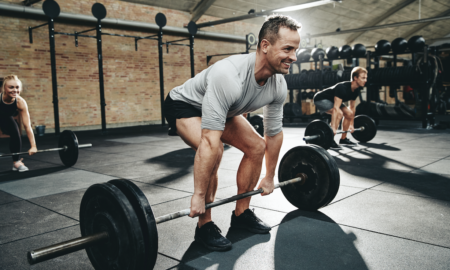
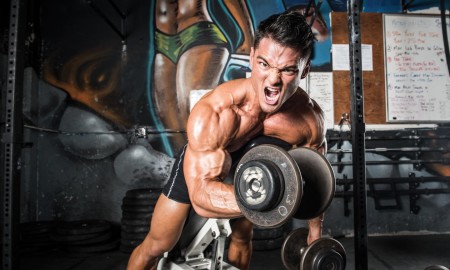

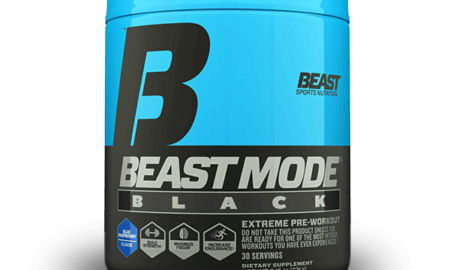
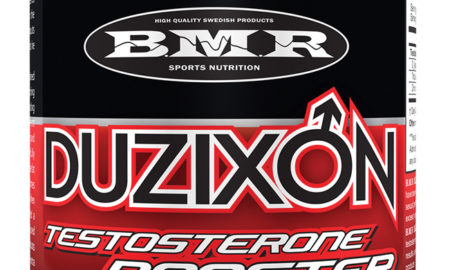
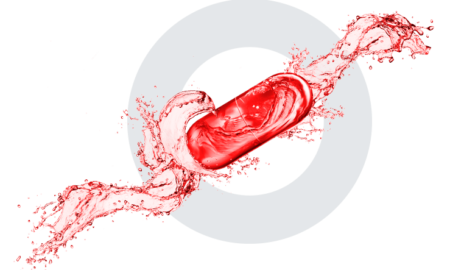

You must be logged in to post a comment Login